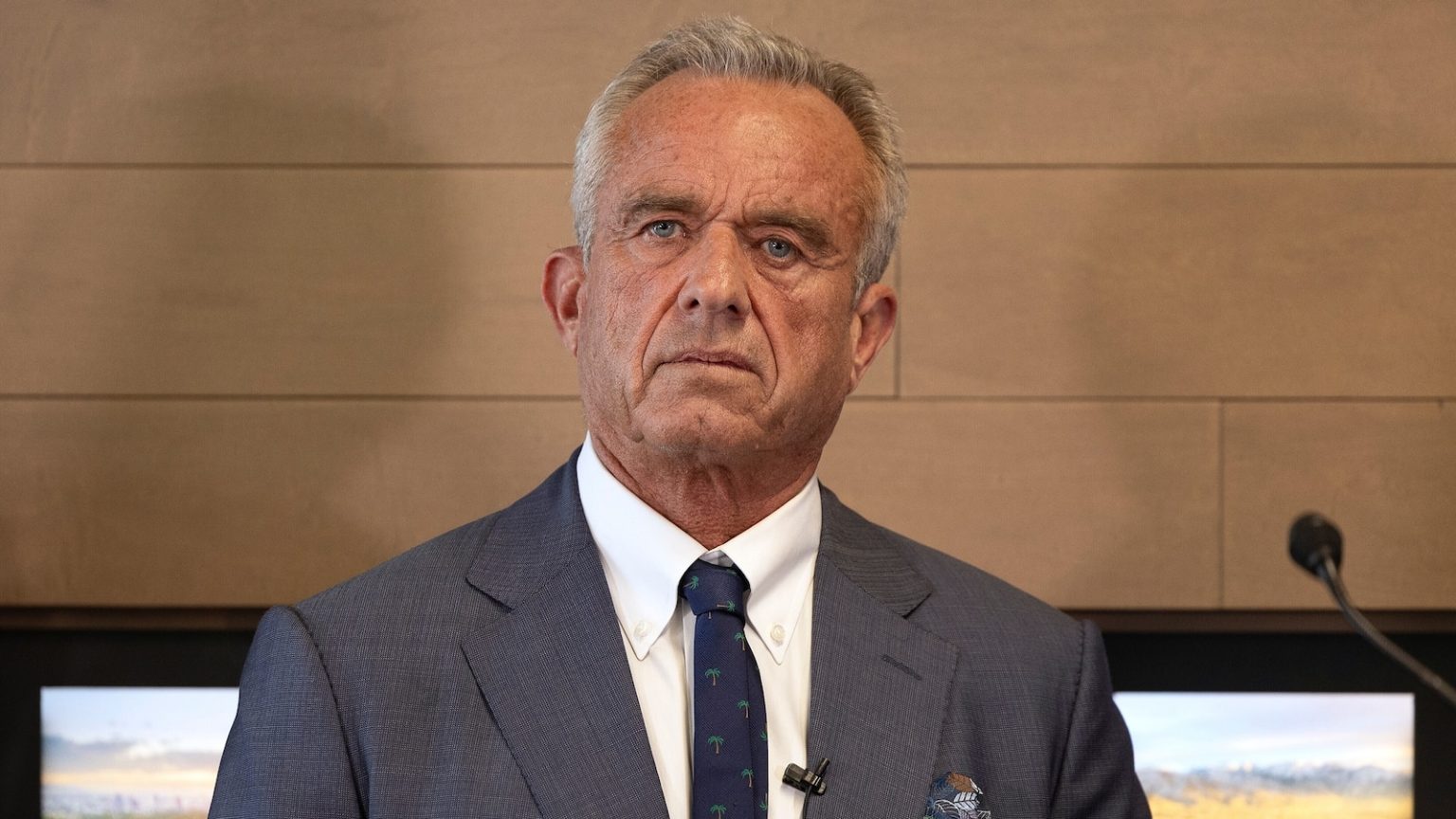Health and Human Services Secretary Robert F. Kennedy Jr. will move to phase out the remaining eight artificial food dyes from America’s food supply within two years, his department announced Monday, a significant escalation in his fight to rid the country’s food of additives that studies suggest could be harmful.
Kennedy and Food and Drug Administration Commissioner Marty Makary will offer details on Tuesday afternoon in Washington, D.C.
Health and Human Services Secretary Robert F. Kennedy Jr. looks on during a press conference on April 7, 2025, in Salt Lake City.
Melissa Majchrzak/AP
Tuesday’s announcement will target artificial dyes that are used in cereal, ice cream, snacks, yogurts and more.
Former President Joe Biden’s administration in January started the process to ban one artificial dye, Red No. 3, which will need to be removed from food by January 2027 and from medications by 2028 because it was shown to cause cancer in rats.
Kennedy will now seek to remove the eight other petroleum-based dyes approved by the FDA.
The secretary is expected on Tuesday to announce the approval of additional natural dyes, a person familiar with the plans told ABC News.
It is not yet clear what enforcement mechanism Kennedy will seek to implement the new changes.
The two-year timeline Kennedy is expected to announce comes after he told food industry leaders at a meeting last month that he wanted their companies to remove artificial dyes from their products by the end of his four-year term, according to a memo describing the meeting, which was obtained by ABC News.
Kennedy’s announcement Tuesday would speed up that process — and alert companies that Kennedy intends to make good on his warning quickly.
From candy to breakfast cereal to medication, synthetic food dyes are in a wide range of products that Americans consume. Studies suggest their vibrant color makes food more appealing and could even increase appetite.
The health effects of the dyes are not fully understood, but many other countries have either banned the additives outright or required food packaging warning labels about the health risks.
All dyes have the potential to spark allergic reactions for a small minority. Several dyes have been linked to hyperactivity and behavioral problems in children or have been shown to cause cancer in mice or rats — but none have shown to cause cancer in humans.
Already, red and blue states alike have taken matters into their own hands in removing artificial food dyes from certain foods. Both West Virginia and California have passed laws to ban a handful of food dyes from school lunches, with plans to extend the ban to a broader, statewide level too.
In West Virginia, the ban on artificial dyes in school lunch will go into effect in August, making it the first state in the country to implement such restraints. In California, it will take effect in 2028.
Twenty-six other states, from Iowa to Washington and from to Texas to Vermont, are considering similar legislation around banning food dyes or other chemical additives in foods, according to a list compiled by the Environmental Working Group, an advocacy organization that focuses on chemicals and toxins.
The Office of Environmental Health Hazard Assessment within California’s Environmental Protection Agency in 2021 concluded a two-year study into seven synthetic food dyes that found associations with certain neurobehavioral outcomes in some children.
Researchers also found that the FDA’s current level of “acceptable daily intake” levels for the dyes may be too high to protect children from the potential behavioral impact, the report said.


